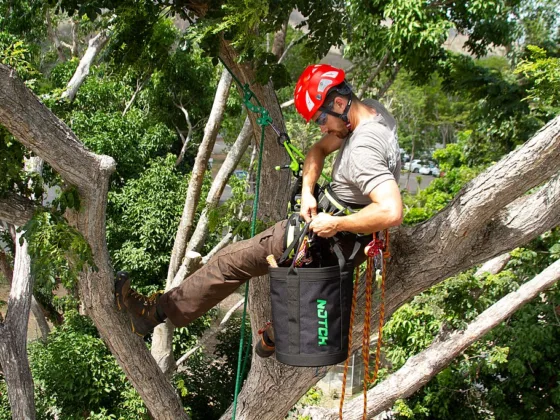Looking for a more aesthetically pleasing flower that’s striking, and hardy at the same time? Then you can never go wrong with hydrangeas which are one of the more recognizable types of flower heads out there. They can be a riot of colors with purple, pink, white, green, and blue blooms that are going to make your life more colorful. See more about the hydrangea on this site here.
They only require a few requirements, and when you have an ideal climate, they are going to grow even better. Summer is their peak season, and they are one of the few beloved shrubs in the country. They are also rapid growers and are generally low maintenance.
Large caps and mopheads are some of the most recognizable flower heads, and they can be planted in compact containers where you can opt between a single or a bi-color choice. Others have autumn foliage, while some are scented. If you’re going for a more cottage-like garden or a good-looking border, then there is going to be a variety that’s right for you.
Growing and Planting Them
You would want to find a suitable spot in your backyard that’s not too shady or too sunny. A good balance of both and not exposing the flowers to too much heat can be a good option. Try to see if you have a north-facing wall and know that the young ones can be prone to frost damage, so be careful with them during the winter.
Well-draining soils are ideal, and they are going to thrive when there’s a lot of organic matter to feed them. Regular watering to keep the plants moist is often the best approach when growing them. Bulk up the soil with matter that can retain moisture and water adequately an hour before planting the hydrangea. Mulch with compost and well-rotted manure and keep everything wet throughout the summer and spring seasons.
Planting the climbing types will also mean that you’ll have to train them into galvanized wires, and after their growing season, there should be enough to have their self-clinging roots. There is also a hydrangea care guide that you can read more about at the link provided. Prune the bushes in mid-spring, and the older blooms should be left for winter so they can protect the newer growth underneath them.
What are the Different Types to Know?
The mophead, or Hydrangea macrophylla, is one of the more popular types out there, and it’s found in various homes. Known for its large clusters of round flower heads, this variety comes in a range of colors, including pink, blue, purple, and even white, and its lush green foliage adds to its overall charm.
Lacecap flowers feature flat-topped clusters with tiny fertile blooms surrounded by larger, sterile ones. The contrast between the two creates an eye-catching display that is sure to impress. They’re great when they’re planted in a place that’s only receiving partial sun. Too much shade can result in fewer blooms, and the stems may become weaker.
Another fascinating type is the oakleaf type, and as the name suggests, its leaves resemble those of an oak tree, which is lobed and deeply cut. It has a four-season appeal, a wide, compact, rounded habit, and white blooms with shades from mauve to pink.
There are the pinnacle types that stand out because of the pyramid-shaped and elongated heads. They are often cream or white-colored initially, but gradually, they are going to turn into rosy red or deep pink as maturity kicks in. They are also going to be more upright with their growth when you compare them to the other types.
Factors to Consider Before Planting this Species
Choosing the right location is crucial when it comes to planting hydrangeas. These beautiful flowering shrubs thrive in well-draining soil and require at least 4-6 hours of direct sunlight daily. However, they also benefit from some shade during the hottest parts of the day. Find more information about a shrub at this link: https://www.newworldencyclopedia.org/entry/Shrub.
It’s important to consider the size and spacing requirements of hydrangeas before planting them. Depending on the variety, these plants can grow anywhere from 3 feet tall to over 10 feet tall! Be sure to give them enough room to spread out and reach their full potential without overcrowding other nearby plants.
Another factor to keep in mind is the climate in your area. While most hydrangea varieties are hardy and adaptable, certain types may be better suited for specific climates. If you live in an area with harsh winters or extreme heat, choose a variety that is known for its tolerance to those conditions.
Consider your available time and commitment level when deciding whether or not to plant hydrangeas. These plants require regular watering, especially during dry spells, as well as pruning and fertilizing throughout the growing season.










